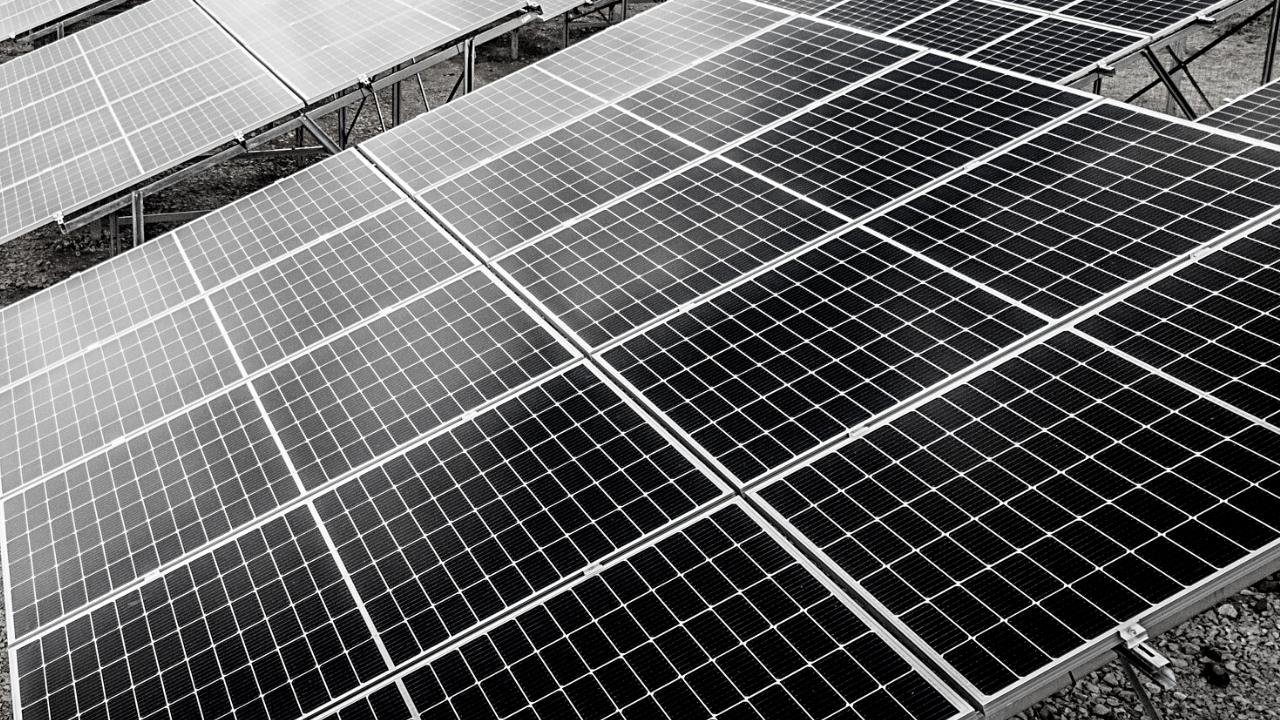Solar Lexicon
At candi we are all about making solar simple. We’ve created this solar lexicon, from A-Z, to unpack solar industry jargon and further simplify your solar experience.
Alternating Current (AC)
An electric current which periodically reverses direction and changes its magnitude continuously with time. The main grid typically outputs AC power.
Ampere Hour (Ah)
The amount of energy in a battery that will allow one ampere of direct current to flow for one hour (also known as an amp hour).
Panel Tilt Angle
The angle tilted from horizontal on the solar panel. A lower tilt typically produces better yield in summer, while a higher tilt angle typically produces more power in winter.
Azimuth
The horizontal angle of the solar panel with respect to North measured clockwise. In the Southern Hemisphere, solar panels typically face North, while in the Northern Hemisphere, they typically face South.
Base Load
The minimum average power used at a particular site or location.
Battery Cycle
A battery cycle is when a charged battery is discharged and then recharged. No standard exists as to the level of charge and discharge that constitutes a cycle.
Battery Energy Storage System (BESS)
A system using a group of batteries to store electrical energy.
Battery Management System (BMS)
A system responsible for the management of charge, discharge, safety, and the provision of information about the battery to connected devices.
Controller Area Network bus (CANbus)
A message based communications protocol that allows the battery BMS microcontroller to communicate information to other connected devices.
Consumption
The amount of energy(kWh or Wh) that is used by a device or by a site.
Concentrated Solar Power (CSP)
A technology that uses mirrors to direct the light from the sun (thermal energy) to heat a salt mixture, which in turn drives a utility scale turbine that generates electricity, thus converting thermal energy to electrical energy.
Distribution Board (DB)
The main electrical supply system for any commercial or residential building. The main cable comes into the distribution board and, via breakers, power is distributed to secondary circuits such as lights and plugs.
Direct Current (DC)
Bidirectional (positive to negative and negative to positive) flow of electric charge periodically as a function of time. Solar panels and batteries output DC power.
Diesel Generator (DG)
A machine combining a diesel engine with an electric generator to burn diesel or biofuels, that rotates an electric rotor in order to generate electricity.
Depth of Discharge (DoD)
How deeply the battery is discharged (the opposite of State of Charge).
Panel Efficiency
The percentage of sunlight energy that could be converted to electricity by the solar panel under test conditions, i.e. a panel with a higher efficiency will take up less physical space to produce the same amount of power as a low efficiency panel.
Electricity Tariff
How much a customer pays for the energy that they consume from the grid. Depending on global location, various factors can impact electricity pricing. These may include the time of day, the time of year, current power usage, and monthly consumption.
Engineering, Procurement, and Construction (EPC)
An EPC is a team of people either within a company or a company capable of providing turnkey engineered solutions with the capabilities of engineering, procurement, installation, and commissioning of solar works.
Energy Yield
The amount of energy actually harvested from installed solar panels over a time period.
Energy Yield Assessment (EYA)
A test that is performed after one year to ensure that the system is performing correctly and that it matches the simulations.
Feed-in Tariff
The amount of money a customer gets from the grid supplier, for giving energy back to the grid.
Flow Battery
A liquid electrolyte metallic salt solution is pumped through a membrane, resulting in an exchange of ions, which generates electricity.
Half-cut Solar Module
Half-cut solar cell modules have independent upper and lower halves, which lead to improved shading energy production.
Grid
An interconnected network for electricity delivery from power plants to consumers.
Grid-Tied
The solar inverters are connected to the grid and cannot generate any power without the grid being present, that is, if there is load shedding or grid failure, the solar plant will not supply power to the client’s distribution board even though there might be sunlight. This is in line with regulatory requirements.
Irradiance
The amount of radiant flux (sunlight) falling on the earth, typically measured in watts per square metre.
Inverter
A power electronic device that converts DC electricity into AC electricity.
Independent Power Producer (IPP)
Non-public entities that produce power for sale to utilities and end-users.
Kilowatt (kW)
A kilowatt is one thousand times greater than one watt.
Kilowatt-hour (kWh)
A unit of energy equal to one kW of power sustained for one hour, which is commonly used as a measure of electrical energy.
Kilowatt-peak (kWp)
The peak output of a solar panel under standardised test conditions (STC).
Lead-acid Battery
A type of rechargeable battery commonly used for starting car engines. It has a low energy density, meaning it is large relative to the amount of energy stored. It also suffers from a low cycle life, meaning it does not last long.
Lithium Iron Phosphate Battery (LiFePO4 Battery)
The safest of all lithium battery technologies. It has a high cycle life, making it ideal for use in solar applications.
Lithium-Ion Polymer Battery (LiPo Battery)
A battery with solid polymer as electrolyte, which together with a gelled material promotes conductivity. These batteries are traditionally used in cellphones.
Letter of Intent (LOI)
A non-binding document declaring the preliminary commitment of one party to do business with another. The letter outlines the chief terms of a prospective deal.
Monocrystalline
Panels made from a single crystal, which are black, uniform in appearance and typically have a high efficiency.
Mounting
Solar panels can be fastened and mounted in various ways, including on the roof of a building, to the ground (ground-mounted structures), to poles, and even on vehicles.
Net Metering
An electricity billing mechanism that allows consumers who generate some or all of their own electricity to use that electricity at any time, instead of when it is generated.
Nickel Manganese Cobalt Oxide Lithium Battery (NMC Lithium Battery)
Super high density batteries with a high cycle life, These are typically used in electric vehicles.
Peak Load
The maximum power used at a particular site or location.
Off-grid
A site that generates power without grid connectivity.
Passivated Emitter and Rear Contact (PERC)
An additional layer on the backside of the cell, which absorbs reflected light and generates a little extra amount of energy.
Performance-Linked Instalment Sales (PLIS)
A contractual arrangement whereby a customer purchases a solar system from candi and pays for it in instalments linked to the performance of the system. candi maintains the system at zero cost to the customer until the system is paid off. Similar to a PPA with the potential to be more tax efficient.
Performance Linked Loan (PLL)
A contractual arrangement whereby a customer purchases a solar system from candi and finances it through a loan, the repayment of which is linked to the performance of the system. candi maintains the system at zero cost to the customer until the system is paid off. Similar to a PPA but potentially more tax efficient.
Polycrystalline
Polycrystalline panels are made from multiple silicon crystal fragments melted together during manufacturing, making it cheaper to manufacture.
Power Purchase Agreement (PPA)
A contract stipulating that power will be purchased from candi. candi owns and maintains the system at zero cost to the customer until the system is paid off and the customer takes ownership.
Photovoltaics (PV)
The conversion of light into electricity using semiconducting materials that exhibit the photovoltaic effect.
Rectifier
A device that converts AC into DC, typically for charging batteries.
Solar Heating and Cooling (SHC)
Devices that collect thermal energy from the sun and use this heat to provide hot water, space heating, cooling, and pool heating.
State of Charge (SoC)
How full the battery is, expressed as a percentage of total charge.
State of Health (SoH)
A measurement that reflects the battery performance with respect to capacity, current delivery, voltage, and self-discharge.
Solar Lease
A document that allows customers to avoid the upfront costs of solar equipment and installation where instead they pay for the system on a rent-to-own financial agreement.
Solar Panels/Modules
A panel designed to absorb the sun's rays as a source of energy for photovoltaic conversion to electricity or heating.
Standard Testing Conditions (STC)
An industry standard that is used for the testing of solar panels. It measures the amount of power a panel outputs at 1000W/m2 of irradiance at a solar cell temperature of 25°C, with an air mass density of 1.5.
String Inverter
Sometimes referred to as a central inverter, this device takes a string of multiple series connected solar panels and converts their DC energy into AC energy for the grid.
Temperature Coefficient
Solar panels are less efficient at higher temperatures, therefore a panel with a low temperature coefficient is less affected by heat.
Valve-regulated Lead Acid Batteries (VRLA)
Maintenance-free batteries, attempting to recombine gases by only venting when a certain pressure is exceeded.
Watt (W)
A measure of how much power something consumes.
Wheeling
The transportation of electric energy from the point of generation to the point of consumption across grid boundaries. The transmission owner may charge a wheeling fee for the transportation of the energy.
Yield
Measured in kWh/kWp, yield refers to the amount of energy that the installed solar panels produce over a period of time. The yield can vary according to location, equipment, orientation, and other environmental factors.
Are there any additional solar or solar financing concepts you would like to better understand? Contact us to learn more.







